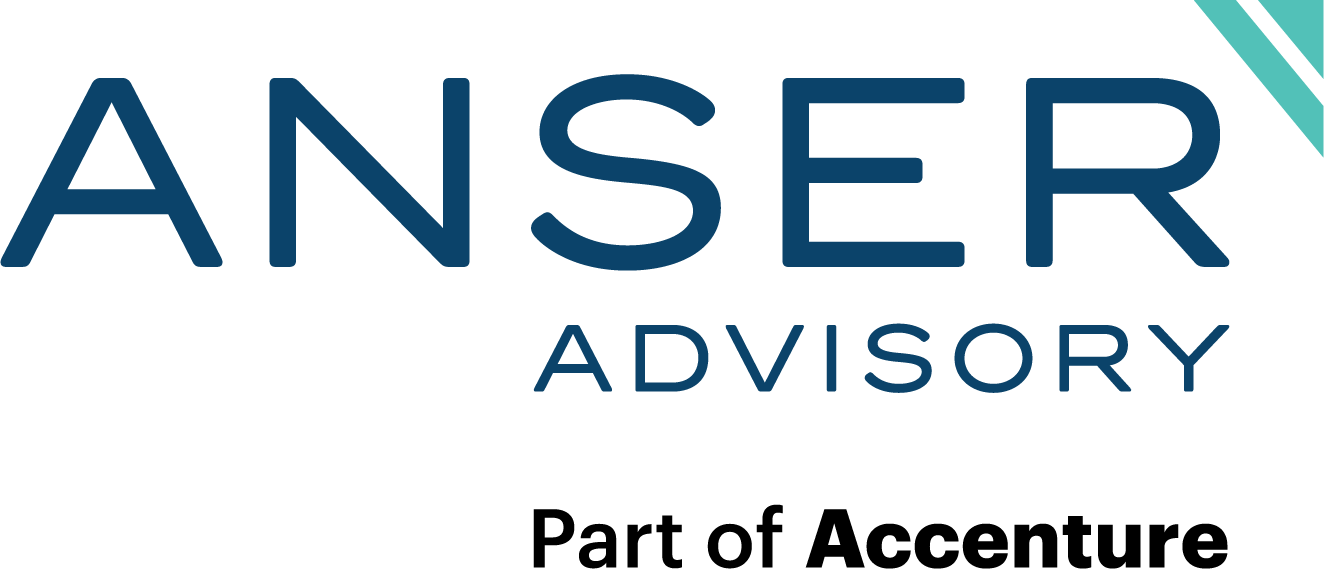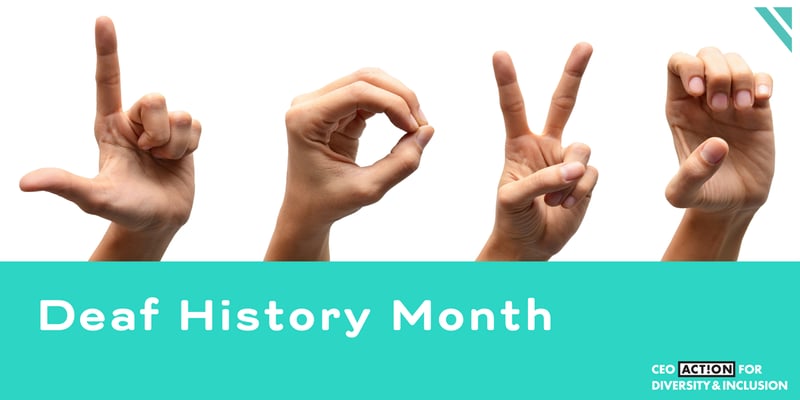Today marks the beginning of National Deaf History Month, a time to commemorate the achievements of the Deaf community in education, activism, and beyond.
About National Deaf History Month
National Deaf History Month is celebrated from March 13 to April 15. It promotes a greater understanding and celebrates the hard-of-hearing and Deaf community. This celebration originally started in 1996 when two Deaf employees of the Martin Luther King Jr. Memorial Library began to teach their colleagues sign language. In support of this effort, the library launched Deaf Awareness Week. The following year the National Association of the Deaf expanded the celebration to a full month. National Deaf History Month spans two months in recognition of three pivotal moments in Deaf education history: 1. The Deaf President Now movement’s activism helped Irving King Jordan become the first deaf president of Gallaudet University on March 13, 1988. 2. On April 8, 1864, President Lincoln signed the charter to establish the first higher education institution for the Deaf, Gallaudet University. They continue to be the leading liberal arts school for educating students who are Deaf and hard-of-hearing. 3. The first public school for the Deaf, the American School for the Deaf, opened in West Hartford, CT, on April 15, 1817. Associated Recognitions: In 1984, President Ronald Reagan issued a presidential proclamation designating the last week of June as Helen Keller Deaf-Blind Awareness Week, in honor of Helen Keller’s birthday on June 27. This week continues to help raise awareness about deaf-blindness and highlight the contributions of the community.
Self Reflection Questions:
- Do you know of the contributions made by the Deaf and hard of hearing community throughout American history?
- How can you facilitate effective communication when there are a variety of hearing abilities in a working group?
- What can you personally do as an ally for individuals in the Deaf and hard of hearing community?
Resources:
Insight into Diversity, National Deaf History Month
Gallaudet University, History Through Deaf Eyes


